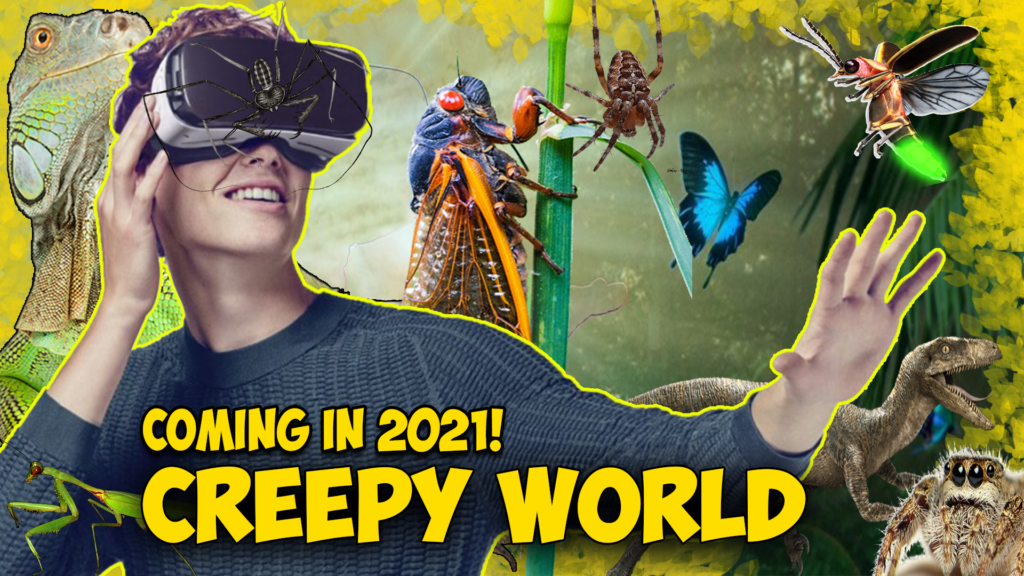FAMILY BACKYARD SCIENCE ADVENTURE! BLACKLIGHTING FOR INSECTS!
NIGHT COLLECTING WITH A BLACKLIGHT
Are you looking for something scientific to observe this summer as a family? Let me show you one of my favorite things to do AND you can do this in your own backyard!
BLACKLIGHTING FOR INSECTS
Insects are everywhere BUT we are only seeing half the picture during the day. The other half comes out at night. Animals that are active at night are referred to as “NOCTURNAL.” And many nocturnal insects are attracted to lights. The reason they are attracted to lights is that many insects use the moon to navigate at night and artificial lights confuse them. Specifically, they are attracted to Ultraviolet light also known as BLACK LIGHT.
I’m going to save you some time here and let you know that the best black lights to use are either fluorescent or LED. Incandescent blacklights don’t work very well. You can find black lights at most party supply stores or if you are in the Milwaukee/Chicago area a good place is American Science and Surplus stores.
I use this light that I got off of Amazon and it is a 50w LED. IF YOU’RE WATCHING THIS ON YOUTUBE, I’ll share the link down in the description for you. But a great science experiment would be to experiment with different lights and see what lights work best and try to figure out why – and you can record your observations in your MY SCIENCE DIARY (ALSO AVAILABLE ON AMAZON)
SETUP
The setup is simple. Besides a light, you will need a white sheet. One that has been washed in detergent works best because detergent helps to reflect the UV light and they “fluoresce.” The sheets serve two purposes: one is to act as a giant reflector for your black light and the other is contrast. Once the insects come in, you can see them when they land on the sheet. There are two ways to set up your sheets, one is to hang them like a wall and the other is to lay them flat on the ground. OR you can do both. There is no right or wrong, just a matter of preference. This is how I set things up.
Once you have your sheets set, you will need a power source for your light. If you are doing this at home, that’s easy. If you are not at home, I use a car or lawnmower battery with a power inverter. LEDs do not use a lot of power so they should last for quite a few hours.
So, what do you do next? Grab a chair and some snacks and wait for all the cool nocturnal insets to come to you.
THINGS TO NOTICE IN YOUR OBSERVATIONS
Different insects fly at different times of the night. Depending on the area you live in, from Mid-May to Mid-June all the cool giant silk moths like Luna, Polyphemus and Cecropia are out. Typically, they do not start flying until 11 pm. Another thing you will observe is that all summer long the insects that you will see will change. But hey! Don’t take my word for it. Go get your science diary and record your own observations! BlackLighting for insects is a great backyard family activity. Remember to record all your observations in your My Science Diary and compare your notes to the same dates next year! If you liked this video and would like to see more videos, be sure to like and subscribe and share this video.
I am entomologist and science evangelist Antonio Gustin, and this has been a My Science Diary Moment.


